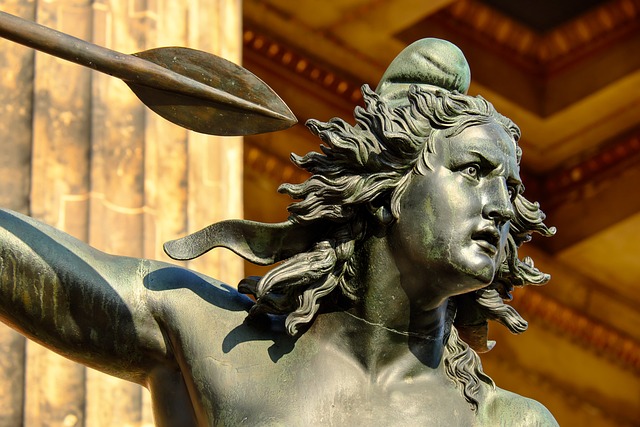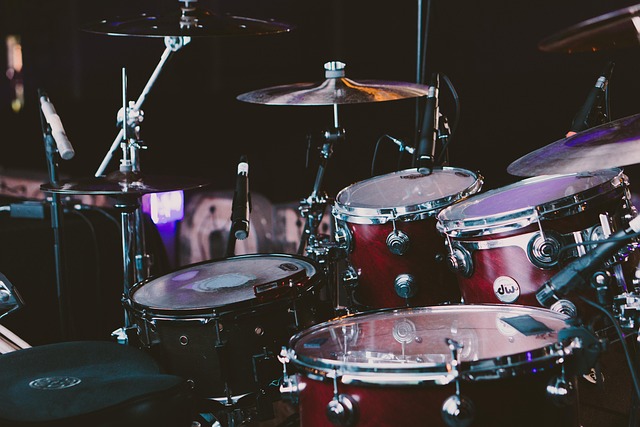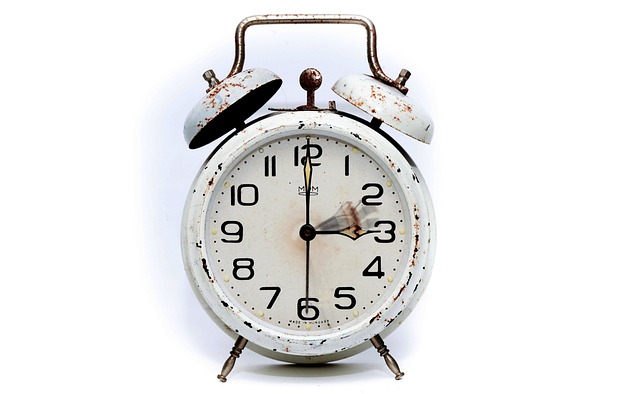Exploring the Art of Portrait Sculpture: A Captivating Journey
The world of sculpture is a vast tapestry of creativity, emotion, and history, with portrait sculpture standing out as a particularly intimate and captivating form of expression. Unlike other forms of art that may invite the imagination to soar into abstraction, portrait sculpture offers a reflection of humanity itself—capturing the essence, character, and emotions of individuals.
From ancient times to the present day, portrait sculptures have played a pivotal role in immortalizing not just the visage but the spirit of the subject. Think of the great works, such as Michelangelo’s intricate carvings or the modern interpretations by contemporary artists. Each piece challenges the viewer to connect with the subject on a deeper level, igniting a dialogue between the observer and the observed.
The Techniques Behind Portrait Sculpture
Creating a portrait sculpture is not just about the final product; it’s an amalgamation of understanding anatomy, mastering materials, and, most importantly, conveying emotion. Artists employ various techniques, from traditional clay modeling to innovative approaches using digital tools. The tactile nature of sculpting allows artists to communicate in a unique language, molding and shaping their vision into a three-dimensional form.
Moreover, the choice of materials—from marble to bronze—can significantly impact the mood and perception of the piece. A polished marble bust may evoke a sense of timelessness and gravity, while a more textured clay figure can express raw emotion and spontaneity.
The Emotional Connection
What sets portrait sculpture apart is its ability to forge an emotional connection. When we gaze upon a sculpture, we are not merely looking at a piece of art; we are engaging with the very essence of a person. Each line, curve, and expression tell a story that goes beyond words. Artists often delve into the psyche of their subjects, capturing fleeting emotions that resonate with anyone who views their work.
Consider the impact of a child’s joyful grin captured in stone or a dignified elder’s wise gaze immortalized in bronze. It’s these nuances that breathe life into the material, transforming cold stone into a warm representation of human experience.
A Modern Reawakening
In recent years, there has been a resurgence of interest in portrait sculpture, driven by contemporary artists who are redefining the form. With the integration of new technologies such as 3D printing, artists are pushing boundaries, exploring how traditional methods can coexist with modern innovations. This blend not only makes portrait sculpture accessible but also invites new generations to appreciate this timeless art form.
Modern portrait sculptures are often more than just likenesses; they reflect diverse cultural narratives, inviting dialogue about identity, society, and the human condition. Artists are no longer just recording likenesses; they are creating lasting impacts, shining a light on social issues and personal stories through their work.
The Journey of Creation
The journey of creating a portrait sculpture is often as poignant as the final piece itself. Each project begins with inspiration, which can strike from the most unexpected places, whether it’s a fleeting moment of connection with a stranger or a deep relationship with a loved one. This initial spark fuels the artist’s drive to capture and convey a slice of life that deserves to be shared.
Through countless hours of chiseling, molding, and refining, sculptors pour their heart and soul into every detail, creating a tangible representation of their vision. This meticulous process encapsulates the dedication and passion artists possess, resulting in works that resonate on a deeply personal level.
Portrait sculpture, in its essence, is not just an art form; it is a bridge connecting us to one another, honoring the myriad stories that make up the human experience. As we explore this captivating journey, we find ourselves not just as observers but as participants in a narrative that transcends time and space, reminding us of our shared humanity.




